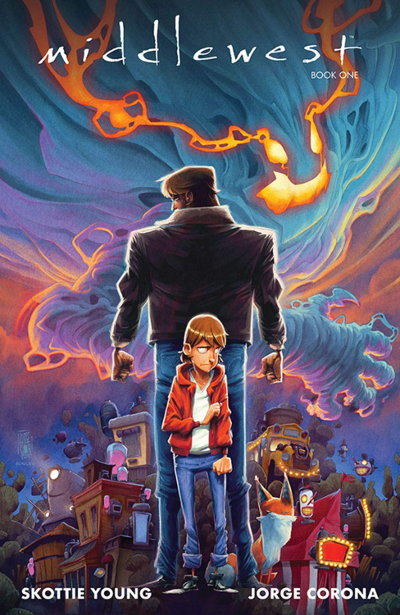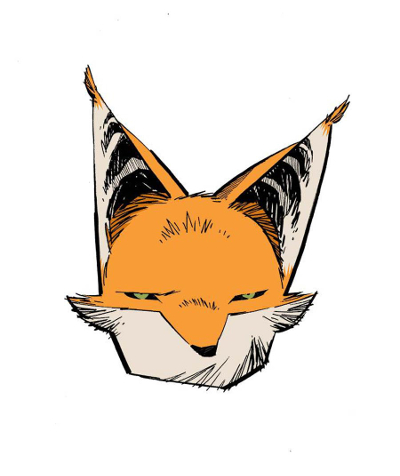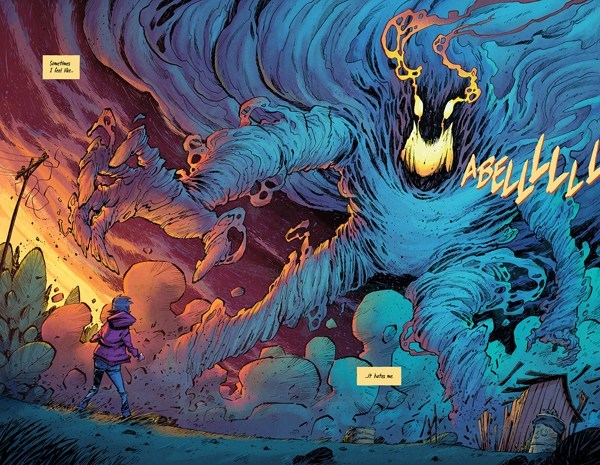The Pinocchio mythos is respun as a steam-punk fantasy epic spanning America’s blue-collar farming belt in Middlewest; and in 30 years of collecting comics, I’ve never seen sequences that match the spectacular set-pieces across this 18 issue series. That the scripting sometimes lacks subtlety or distinct characterisation maybe points to the fact that series writer Skottie Young more commonly works as an artist and visual storyteller, and that his tale is led by the heart, not the head.

Young draws on his own experiences growing up in rural Kansas to create many rich environments for his young hero to explore on this coming-of-age journey. Although not literally a puppet, teenage boy Abel, is figuratively broken, and the quest to resolve his own father-issues form the spine of the story. In place of Jiminy Cricket, Abel is accompanied by a talking fox, named simply Fox. Thanks to artist Jorge Corona, the designs of Fox, and all the rest of the outlandish cast that Abel meets, are distinctive and full of character, which compensates for Young’s weakness in not really providing them unique or identifiable voices.

On the subject of speech, it’s worth pointing out that there is quite a lot of hard swearing; which make this comic not suitable for younger children. It’s a peculiar choice, since the resulting script is a bit too on-the-nose and obvious for adults, and yet inappropriate for readers under the age of 14 or 15. If you’re of a certain age, you’ll remember Judd Nelson’s iconic swearing scene in ‘80s classic Breakfast Club; a cathartic and desperate explosion of teenage frustration against the tyrannies of adult authority. That’s basically what Young and Corona tap into here, and it provides the biggest clue of who Middlewest is intended to reach out to.

The whole series of Middlewest is collected in 3 volumes, available now, and is recommended to any readers that are in their teens, or who can still remember and relate to the storms that rage inside of teenage bodies and minds.

